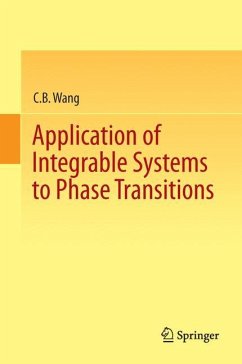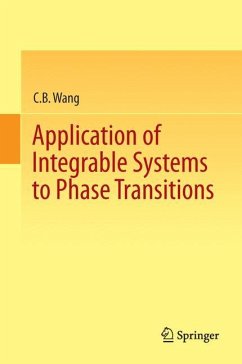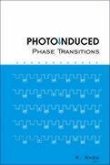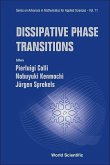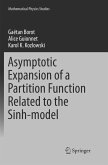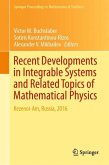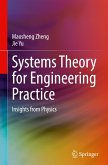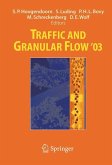The eigenvalue densities in various matrix models in quantum chromodynamics (QCD) are ultimately unified in this book by a unified model derived from the integrable systems. Many new density models and free energy functions are consequently solved and presented. The phase transition models including critical phenomena with fractional power-law for the discontinuities of the free energies in the matrix models are systematically classified by means of a clear and rigorous mathematical demonstration. The methods here will stimulate new research directions such as the important Seiberg-Witten differential in Seiberg-Witten theory for solving the mass gap problem in quantum Yang-Mills theory. The formulations and results will benefit researchers and students in the fields of phase transitions, integrable systems, matrix models and Seiberg-Witten theory.
From the book reviews:
"The author addresses a large variety of integrable systems, their remarkable connections to orthogonal polynomials and to string equations, and the ensuing consequences for the associated free energies and critical behavior near phase transitions. This text contains much useful information and relevant techniques for researchers interested in specific integrable model systems whose features might be of relevance for some aspects of fundamental particle theory." (Uwe C. Täuber, Mathematical Reviews, July, 2014)
"The author addresses a large variety of integrable systems, their remarkable connections to orthogonal polynomials and to string equations, and the ensuing consequences for the associated free energies and critical behavior near phase transitions. This text contains much useful information and relevant techniques for researchers interested in specific integrable model systems whose features might be of relevance for some aspects of fundamental particle theory." (Uwe C. Täuber, Mathematical Reviews, July, 2014)

